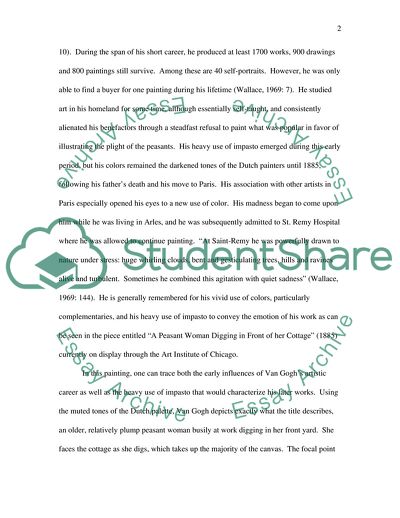Cite this document
(Western Culture Art from the Renaissance to the 20th Century Article, n.d.)
Western Culture Art from the Renaissance to the 20th Century Article. https://studentshare.org/performing-arts/1708301-western-culture-art-from-renaissance-to-the-twentieth-century
Western Culture Art from the Renaissance to the 20th Century Article. https://studentshare.org/performing-arts/1708301-western-culture-art-from-renaissance-to-the-twentieth-century
(Western Culture Art from the Renaissance to the 20th Century Article)
Western Culture Art from the Renaissance to the 20th Century Article. https://studentshare.org/performing-arts/1708301-western-culture-art-from-renaissance-to-the-twentieth-century.
Western Culture Art from the Renaissance to the 20th Century Article. https://studentshare.org/performing-arts/1708301-western-culture-art-from-renaissance-to-the-twentieth-century.
“Western Culture Art from the Renaissance to the 20th Century Article”. https://studentshare.org/performing-arts/1708301-western-culture-art-from-renaissance-to-the-twentieth-century.


